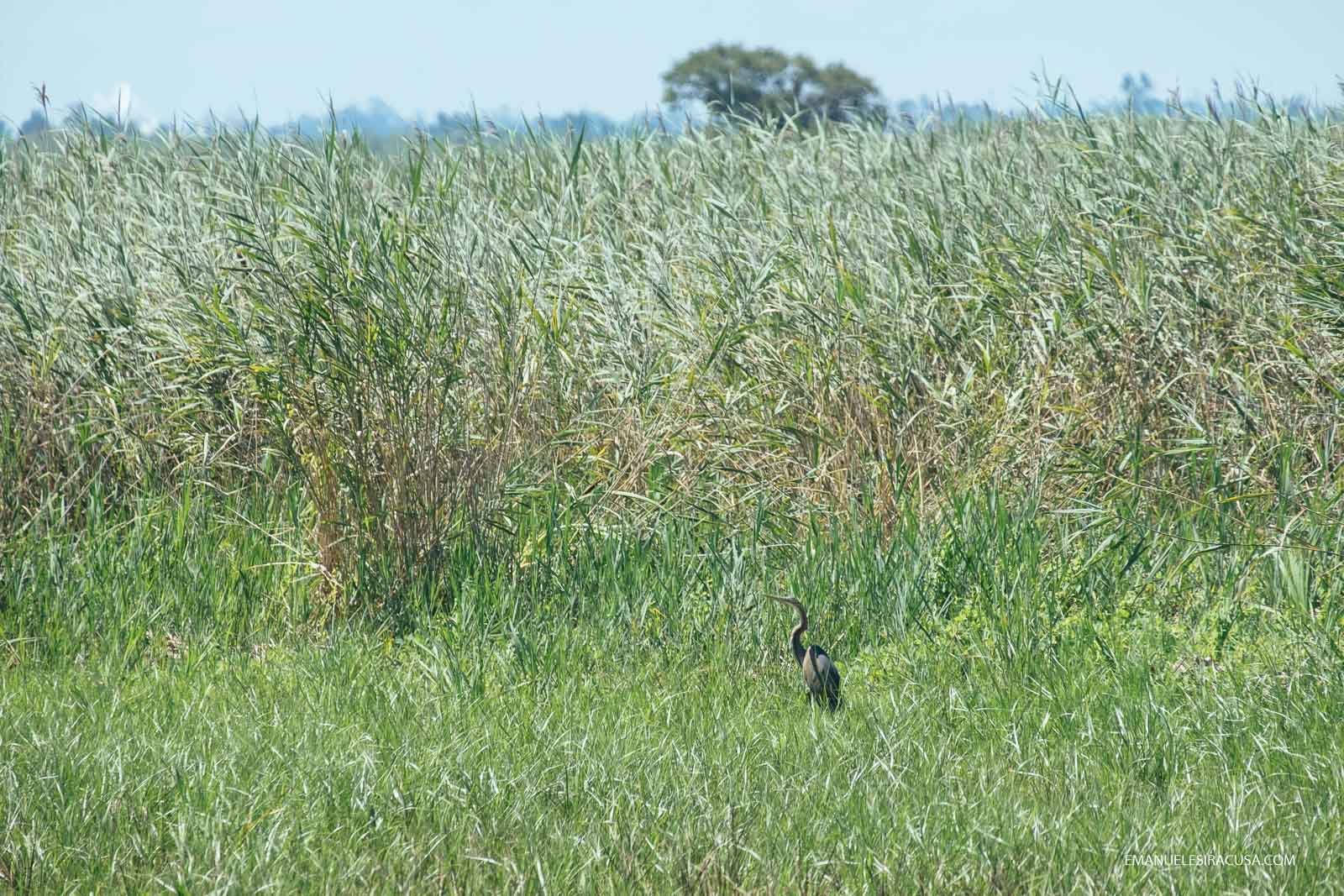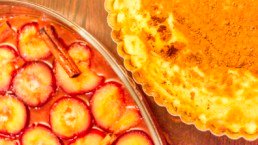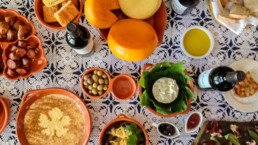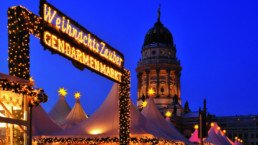The BioRia, the lagoons and wetlands, waterways and canals, marshes, meadows and salt flats, which border the Centro de Portugal city of Aveiro, forms a rich diversity of landscapes for both humans and wildlife. But it wasn’t always this way.
Step back in time, to somewhere around the 10th century, and the areas around the cities of Aveiro and nearby Estarreja were submerged by the sea. Six centuries later and the water began to retreat – due to silting – which resulted in a landscape of neither fully land nor fully water. Fast forward a further two centuries, when due to the local population being left without access to the sea a channel was opened in the sand bar blocking the entry of the water, thus forming the lagoons now known as the Ria de Aveiro.
BioRia, nature and wetlands in Aveiro

It was at this point that man played his part in shaping the present-day landscape around the Ria. Drainage ditches, salt marshes and navigable channels were excavated forming an area of immensely important biodiversity. So much so that the area was later classified as a Special Protection Area (SPA).
Through the founding of an organisation called BioRia, a project focused on the natural heritage and rich biodiversity of the Estarreja region, awareness is finally being raised as to the vast significance of the area’s natural resources. The underlining goal of the BioRia project is ‘to understand in order to value and protect’.

In 2005 the first physical implementation of the project was inaugurated with the creation of the ‘Path Salreu’; a network of footpaths and cycle tracks which would bring humans and nature into parallel contact through a wide range of leisure activities. In addition to the ‘Path Salreu’ a further three new routes were introduced in 2009 to extend the range of natural habitat and the scope for human interaction with the landscape. Today there are now eight cycling and walking routes – over 50km in total – which range from the north to the very south of the region around Estarreja.

One good place to start is at the point where it all began, at the beginning of the ‘Path Salreu’, where an Environmental Interpretation Centre invites visitors to acquaint themselves with the landscape, the flora and fauna, the wide diversity of birdlife and the importance of the area as a managed wilderness.


On the morning of my arrival, with a clear cloudless sky above, the first sight I witnessed was a flock of white storks in flight, wheeling in ever increasing circles over the flat waters of the lagoon. Before I had time to take in my surroundings the unmistakable shape of a Hen Harrier (Circus cyaneus) appeared from behind the lush greenness of a reed bed trembling in the light morning breeze. A birdwatcher’s delight; but the fun had only just started.
Within minutes, from the deck of the bird observation tower, I had added purple heron (Ardea purpurea), grey heron (Ardea cinerea), a distant flock of greater flamingoes (Phoenicopterus roseus) feeding in the brackish waters, a small flight of waxbills, numerous stilts (Himantopus himantopus) marching through the swamps on impossibly large legs, and unbelievably, a yellow crowned bishop (Euplectes afer) – the last one I had seen was on the plains of Kenya’s Masai Mara.

Near to the BioRia interpretative centre, a sign points to the dangers faced by the European eel (Anguilla anguilla) through overfishing and the loss of its natural habitat. The Ria de Aveiro was once a favoured spot for elvers returning from the Sargasso Sea, but in recent years its numbers have declined greatly and the creature is now listed as being critically endangered.
However, only mere fifty metres from the sign’s location a boatman was unloading his catch, a net full of small eels, or ‘bootstraps’, the name I knew them by as a child. While it is still legal to fish for these eels, at least here at the ‘Path Salreu’, the people from BioRia are trying to get their point across to the fishermen who use the small nearby pier. It may be a small step, but all journeys begin with small steps.


The ‘Path Salreu’ is a circular route of 7.7Km, beginning and ending at the BioRia interpretive centre. To navigate the entire route on foot takes roughly two and a half hours of easy walking past marshes, meadows, canals and lagoons on a flat road surface. Alternatively, bicycles can be obtained free of charge (with prior reservation), or a guided tour may be undertaken in the project’s Electric Car, in the style of a mini safari.

Whichever mode of transport you choose to be sure to arm yourself with even the most rudimentary of binoculars and you are ready to enjoy an unsurpassed day among wild nature. If you are extremely lucky (like I was, much to the friendly annoyance of the resident biologist) you might just catch a glimpse of a sleek black otter (Lutra lutra) as it appears and disappears like a ghost through the waters of one of the many drainage channels or canals. Butterflies in a myriad of colours, shapes and sizes flutter from one wildflower to the next. The shimmering wings of dragonflies are everywhere as they hunt the water’s edges. The sound of songbirds fills every hedgerow and thicket, and red kites (Milvus milvus) hang in the air as if tethered to the earth by some invisible wire.

Throughout the BioRia’s various geographic projects the aims are the same; to guide the visitor through the sights and sounds of the Ria; to contribute to the sustainability of the natural heritage; to raise awareness of the area as a destination for eco’ tourism and nature tourism; to develop awareness of the environment; to implement scientific projects and to co-operate with academic institutes through co-ordination with students and various departments concerned with biology and the environment.

There is no doubt the throughout the Ria de Aveiro the work being undertaken by the BioRia project is one of enormous importance to all concerned; the environment, tourism, and of course the wellbeing of the local economy. And for those who just desire a day out in nature, whether on foot, by bicycle, electric car or canoe, within moments of arriving at your destination, you can be guaranteed that a genuine spectacle of the natural world is waiting for you to discover.
This BioRia in Centro de Portugal post is a part of a series of 5 posts I wrote based on my journey to the Aveiro region in July 2016. Please find the links o the other articles bellow:
Disclaimer:
This BioRia in Centro de Portugal post was written by my inspiring friend Brendan Harding as part of my ongoing collaboration with the Centro de Portugal Tourism Board. All opinions are my own. Photo credits to Emanuele Siracusa.
Brendan Harding
My name is Brendan Harding and I was born and raised in Ireland – that small teddy-bear-shaped island which clings to the edge of the European landmass.
4 Comments
Add comment Cancel reply
This site uses Akismet to reduce spam. Learn how your comment data is processed.







[…] BioRia in Centro de Portugal […]
[…] BioRia in Centro de Portugal […]
[…] BioRia in Centro de Portugal […]
[…] BioRia in Centro de Portugal […]